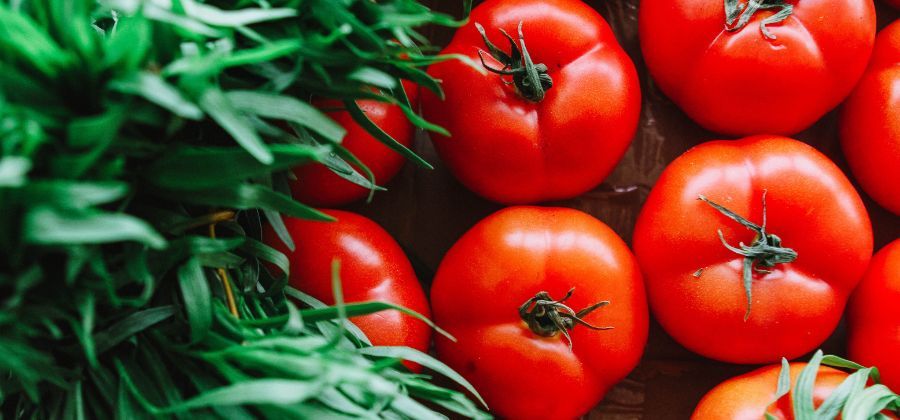If you’re concerned about your blood pressure or have been diagnosed with hypertension, you may have been instructed to reduce your sodium intake. But what exactly does that mean?
Your body needs some amount of sodium in order to function properly, but consuming too much sodium can lead to health issues, including high blood pressure and heart disease.
If you are interested in reducing your sodium intake, it’s important to understand the risks associated with a low sodium diet. Here are the pros and cons of going on a low sodium diet.
High blood pressure:
A low sodium diet is an option for people with high blood pressure, though it does have its risks. For example, reducing salt intake could cause fluid retention and exacerbate the symptoms of congestive heart failure.
As well as this, not enough salt can lead to headaches and dizziness due to lack of electrolytes in the body such as potassium or magnesium.
Another issue with going on a low sodium diet is that you might crave salty foods more often, making you less likely to stick to your plan.
On top of this, some studies show that cutting back on salt can lead to increased hunger and may make weight loss more difficult.
The best way to maintain a healthy balance without cutting out any nutrients is by monitoring your intake and following food labels!
Heart health:
Chronic overconsumption of sodium can lead to high blood pressure, which is known to damage arteries and affect your heart health.
A low sodium diet has shown potential in lowering the risk for these major diseases by reducing the amount of salt you consume.
However, people that have kidney disease should be monitored closely if they choose to follow a low sodium diet, as it could cause side effects due to an imbalance in electrolytes.
Additionally, there are some foods such as celery and tomato juice that naturally contain lower levels of sodium than others. Eating those while following a low-sodium diet may help you reduce your intake even more.
The reason why this is important is because people with heart conditions, high blood pressure or diabetes will benefit from this diet change. If you think about it, who doesn’t want to live longer?
Managing diabetes:
A low sodium diet is typically recommended for those living with diabetes to help regulate blood pressure.
A person with diabetes may require a low sodium diet if they are dealing with kidney disease, high blood pressure, or congestive heart failure.
A diabetic’s need for salt can vary according to their condition and medication usage. When choosing which foods to eat, you should take into account your total daily intake and consult your doctor about what the right balance of salts would be for you.
You should aim to avoid processed foods that are high in salt such as canned soup, frozen dinners, and breads.
If you’re craving salty snacks try eating vegetables dipped in hummus or carrot sticks dipped in salsa instead.
Weight loss:
A low sodium diet is an easy way to lose weight, as it cuts out many common snacks and processed foods.
By lowering your intake of salt, you’ll be taking in fewer calories while also having an easier time maintaining weight.
However, before you start on this diet, consult with your doctor to ensure that it’s safe for you to do so. People who are pregnant or breastfeeding, who have heart disease or high blood pressure, or who take medications should not embark on a low-sodium diet without medical supervision.
Additionally, some people may need more salt than others depending on their age and sex; those over the age of 50 need more than younger adults.
Men often need more than women. Pregnant women, especially in the third trimester, need even more salt due to increases in maternal blood volume during pregnancy and because they require extra sodium to stay hydrated.
Other benefits:
There are many benefits to reducing your salt intake. Eating less salt means that you’ll have an easier time reducing weight, because the high amounts of sodium in normal diets can lead to overeating.
The main drawback to a low sodium diet is that foods like chips and pizza taste significantly worse with reduced salt content.
Additionally, some individuals may feel lightheaded or get headaches if they cut their salt intake too drastically.
A recent study found that most people need more than 1,500 milligrams of sodium per day for good health.
Most doctors recommend cutting back gradually by cutting out processed foods and adding more fresh vegetables into your diet. Salt should be added as needed during cooking, not at the table.
If you find yourself feeling dizzy or lightheaded from eating too little salt, make sure to drink plenty of fluids such as water or coconut water and eat plenty of fruits and vegetables throughout the day.
Is it worth it?
A low sodium diet, as the name suggests, is meant to lower your sodium intake. Doing so is said to reduce blood pressure levels and promote overall good health.
Evidence has suggested that it can even help lessen the impact of a heart attack or stroke. Despite all these benefits, not everyone is convinced that low sodium diets are worth trying.
For starters, they can be hard to maintain and they may leave you feeling lethargic with minimal energy levels during the day.
On top of this, there is also the problem of finding food when eating out since most restaurants don’t offer meals on this type of diet.
And while some studies have shown that this type of diet may be effective for those who are overweight, there’s been no evidence showing long-term benefits for people who exercise regularly.
Finding low sodium recipes:
Since this is not an instant fix, you will need to look for low sodium recipes or dishes that don’t need additional salt. However, this can be accomplished with some simple substitutions.
One way to do so is by replacing the table salt in your recipe with garlic powder, onion powder, ground pepper, fresh parsley or cilantro.
You could also use celery seeds instead of black pepper as well as adding other spices like curry powder, turmeric, chili peppers and basil.
Another option would be to make your own broth using bouillon cubes. Finally, another option would be simply to make a dish from scratch without adding any salt at all.
There are plenty of vegetables and meats that have little or no sodium content. For example, leafy greens are usually lower in sodium than root vegetables like potatoes, carrots and turnips.
Meats such as fish and poultry are also naturally lower in sodium while processed meats like bacon tend to be higher on the list of high-sodium foods.
In addition, there are ways to add flavor without the added salt. Some examples include lemon juice, vinegars, apple cider vinegar and soy sauce.
If you’re craving something sweet but want to stay away from added sugar then try honey or maple syrup. In addition, if it’s spicy food you’re looking for then dried chilies or ginger could work just fine!
Related articles:

